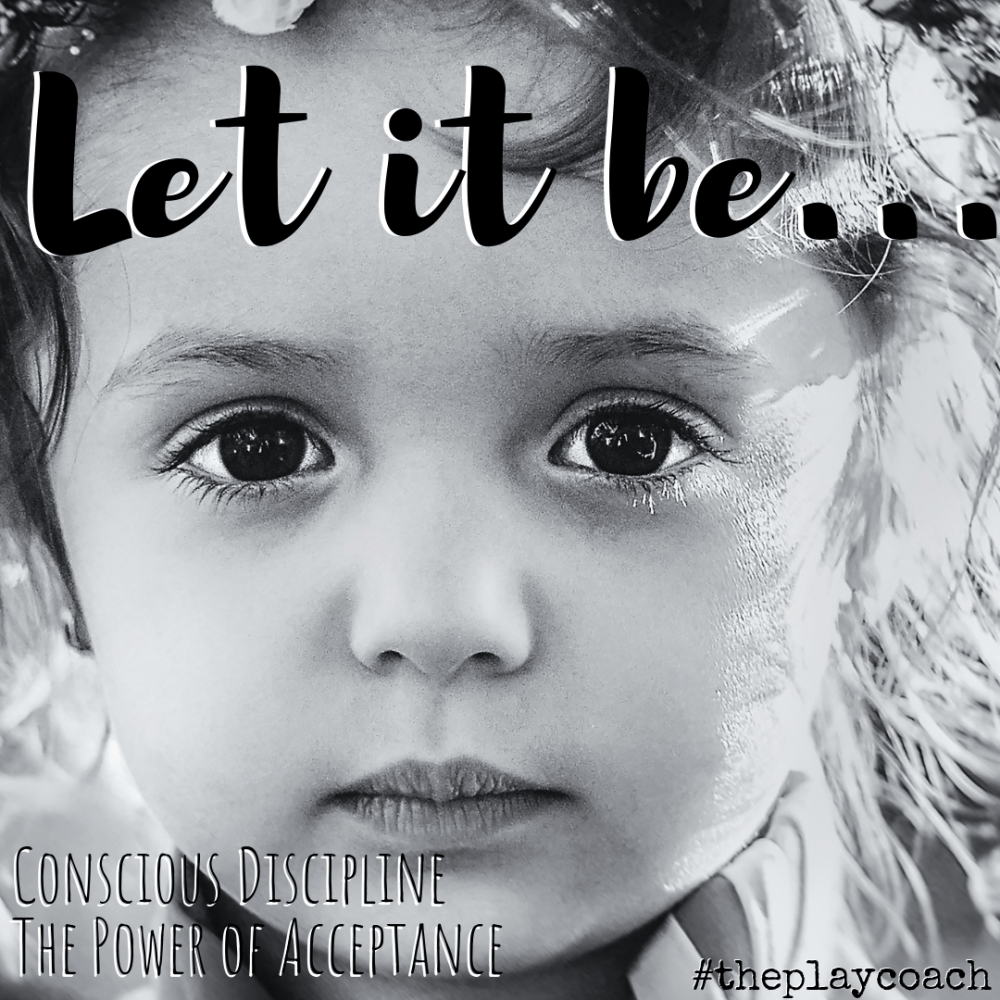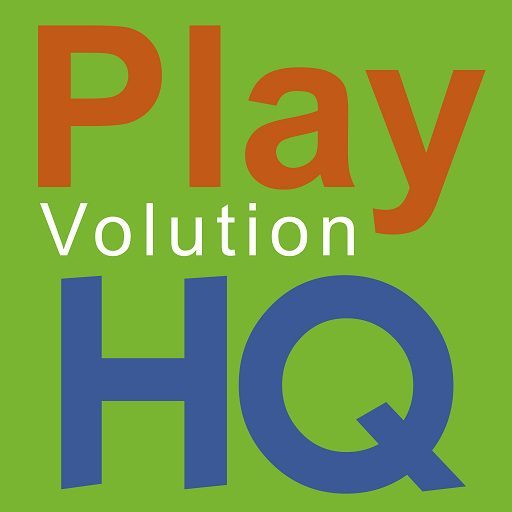
When we have empathy we can help children to manage their own emotions. Accepting that the moment is what it is helps us to regulate our own emotions and remove any bias we may have about how the situation should be. When we judge others, we judge ourselves. When we empathise, we can see the child’s point of view, join them in the moment and be that mirror to find clarity. It’s our job as educators to manage our own feelings. It’s also our job to HELP children to regulate their feelings through co-regulation until they are able to self-regulate.
I am going to practice the power of acceptance and ‘let it be’. The moment is as it is.”
Becky Bailey, Conscious Discipline
Conscious Discipline teaches us that the brain state that we are in will affect our perception of the situation. There are three brain states that Conscious Discipline uses to explain how we all think and learn.
Survival State: when you are here you might be angry, seeing red and being in a reactive mood – you may know this as the primitive behaviours of fight, flight and freeze. Am I safe?
Emotional State: this is when you feel the world just is not going your way, your buttons are pushed and you are primed to react emotionally – this can sound like, “I hate you!” or “What were you thinking?! You’re so stupid!” Am I loved?
Executive State: this represents the optimal learning state, when you are relaxed but still alert – the prefrontal lobes allow us to be mindful, conscious of our thoughts and feelings and choose to be directed by them rather than driven by them. What can I learn?
When we are in the survival state you will most likely see red and feel angry at the child who is having a hard time. The emotional state will potentially trigger your buttons and you may rely on your own past experiences to deal with the current problem (for example, you might say, “Suck it up, buttercup!” if that’s how you were treated as a child by your own parents/primary caregiver). The executive state allows you to see the child needing help and love and care. They are calling out for you to help them, even if they appear to be asking it in the most unloving ways.
We have to let it be and accept the situation as it is. Only when we pause, breathe and access our executive state can we then respond to children’s displays of emotions effectively. All behaviour is a form of communication. If we try to fix it, ignore it, dismiss it, punish or try to save the child we will not be able to TEACH them how to manage their feelings. Feel your feelings instead of judging them. Allow children to feel their feelings. Notice what brain state you are in and what brain state the child is in. Then you can begin your interactions with the most effective skills. Their feelings have value. Let it be.
Post Author
Emma is The Play Coach who loves everything and anything to do with play. Play is children’s work and she thinks it should be adult’s work too. Connect with Emma for consultations and trainings that promote wonder, joy and well-being through the power of play.


Leave a Reply